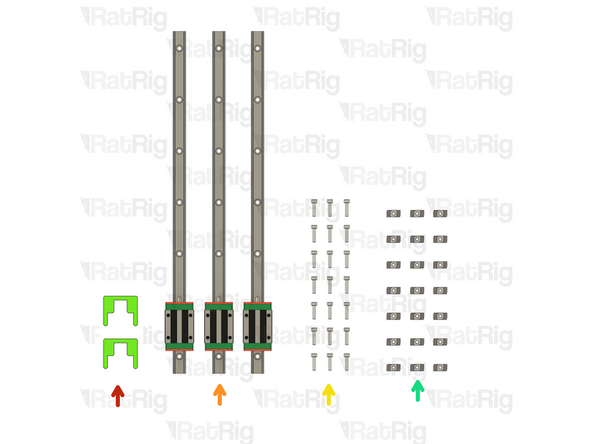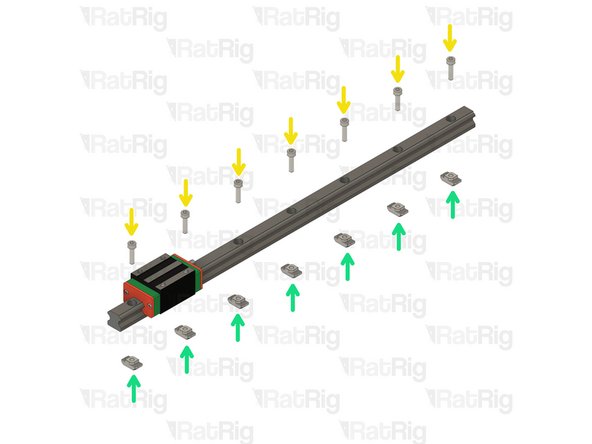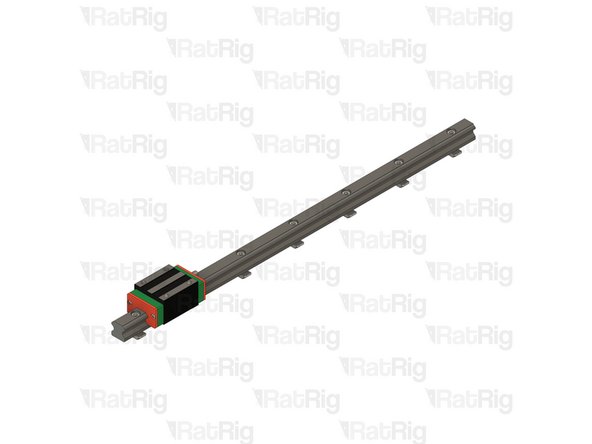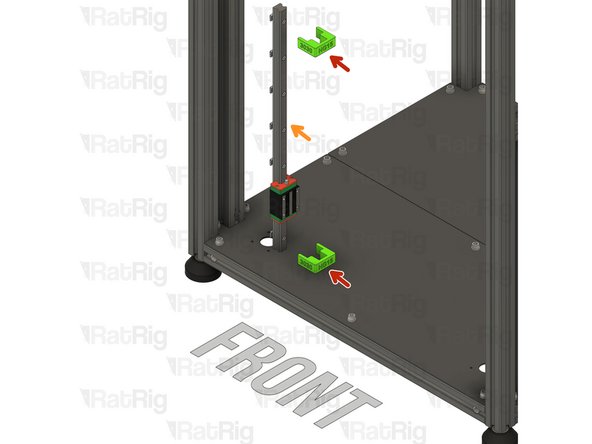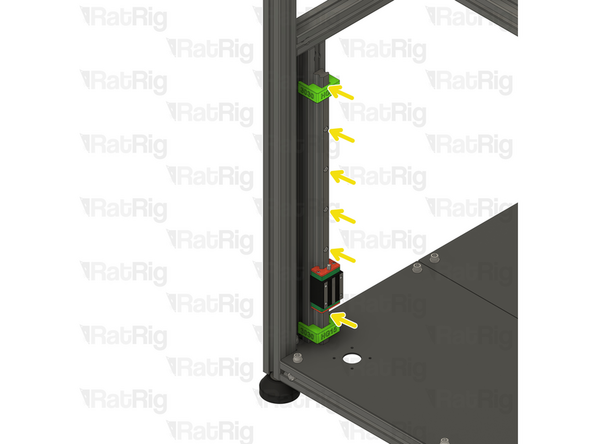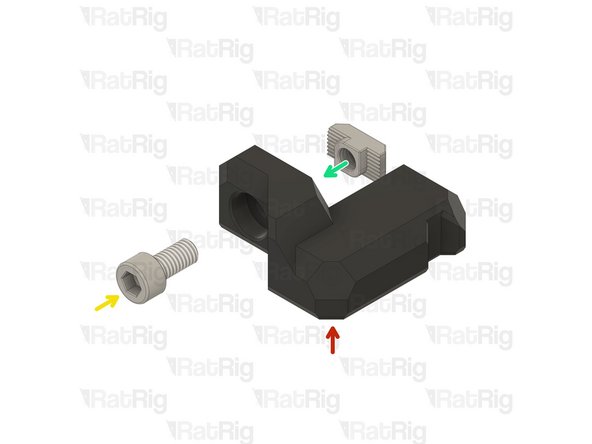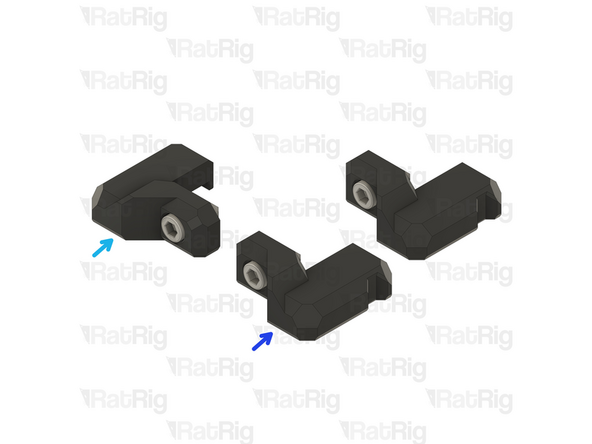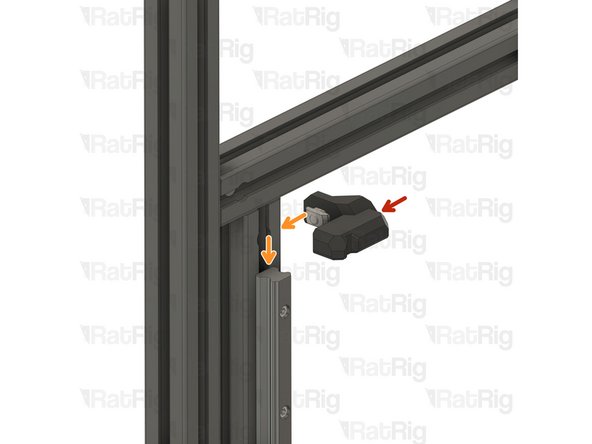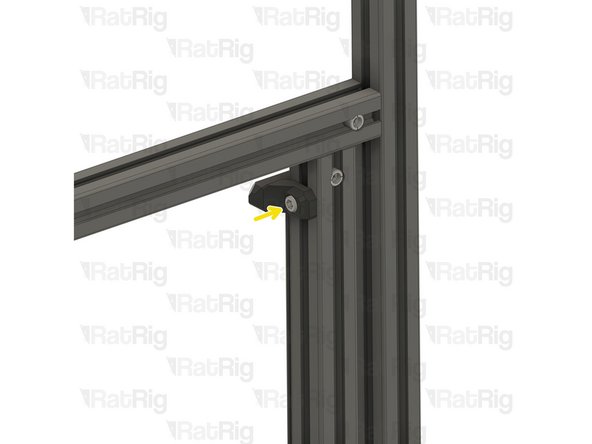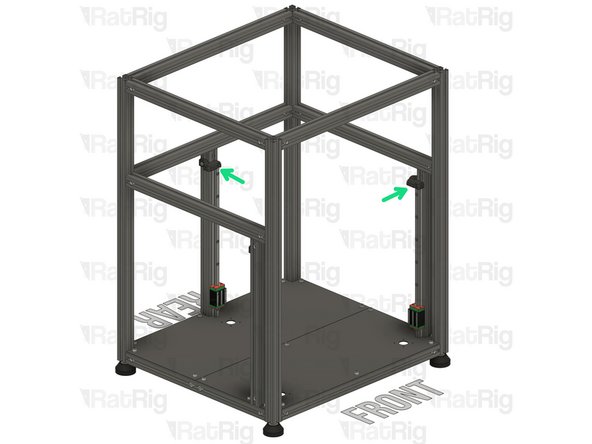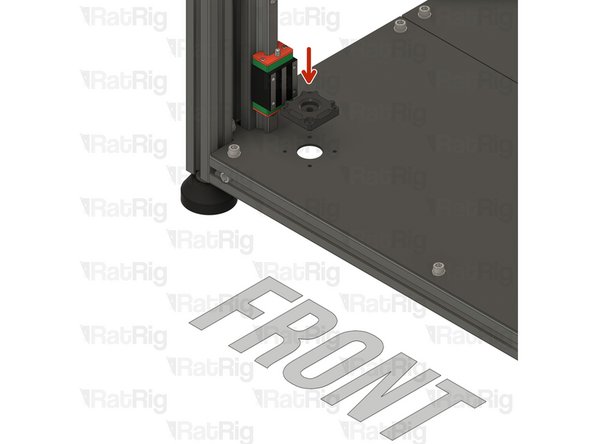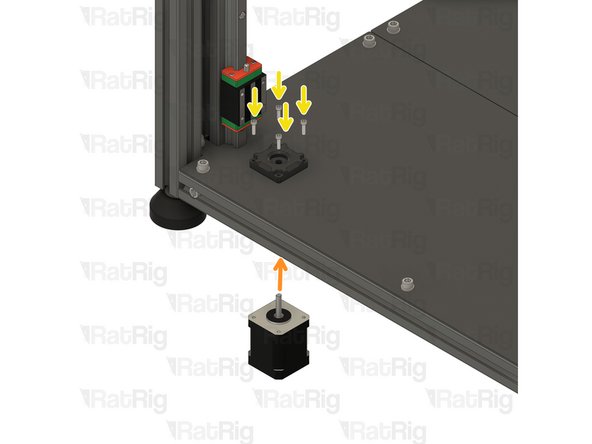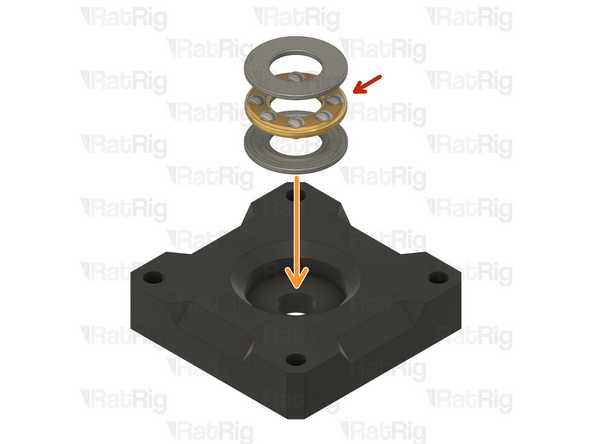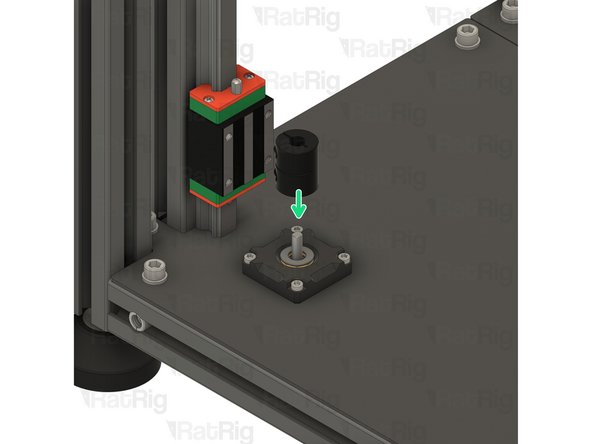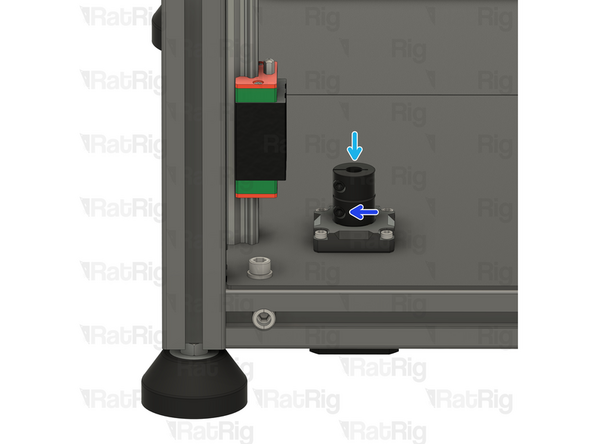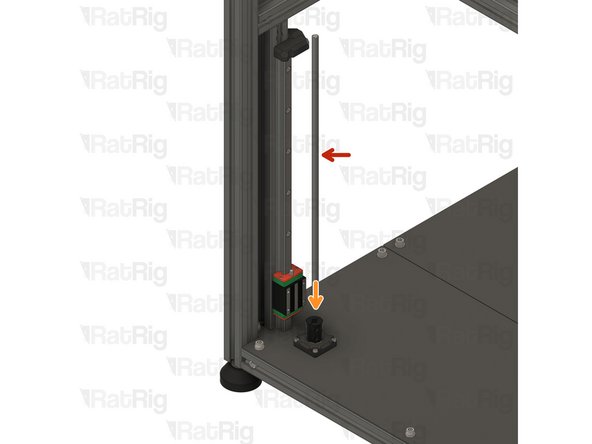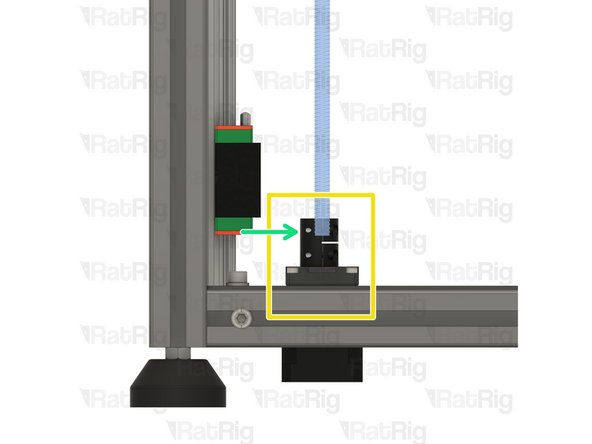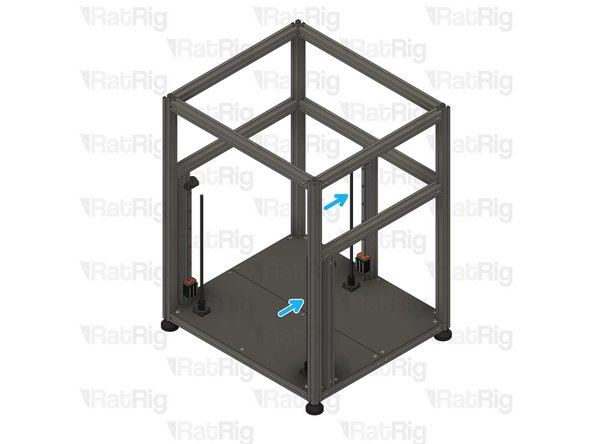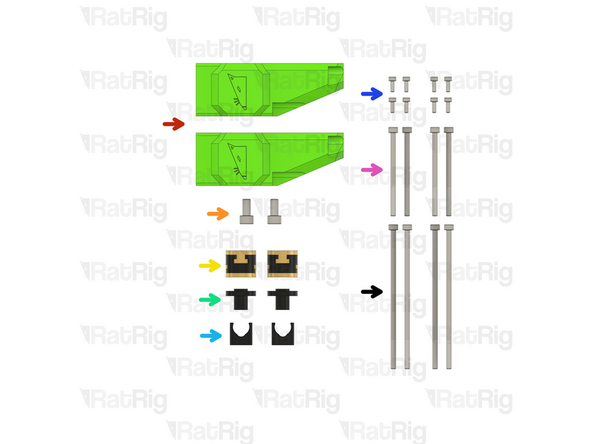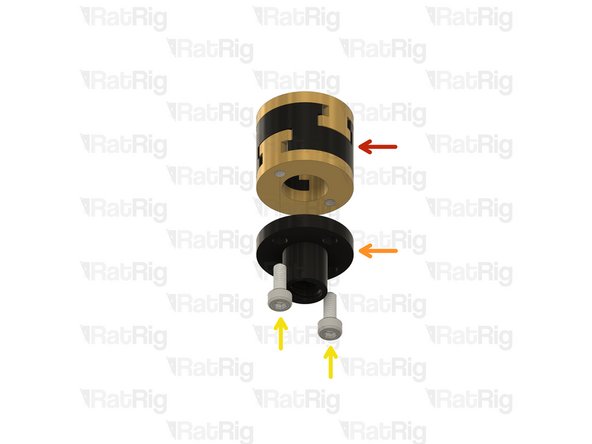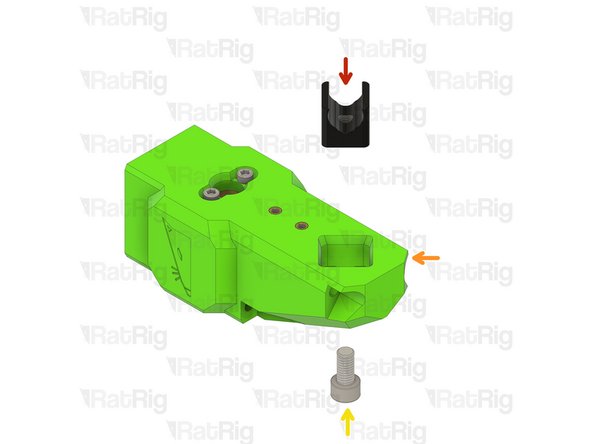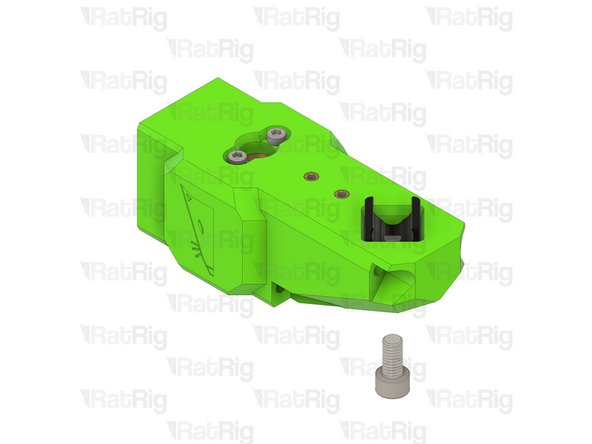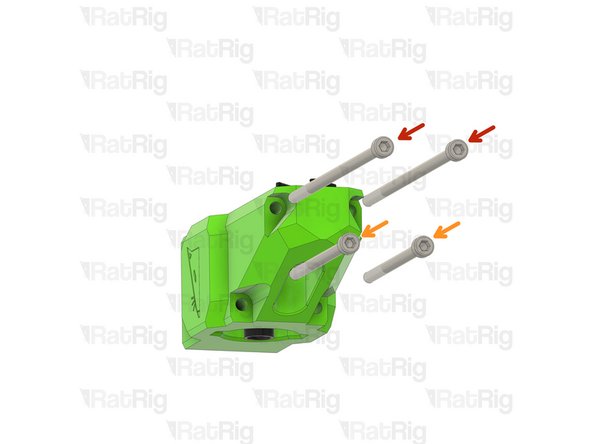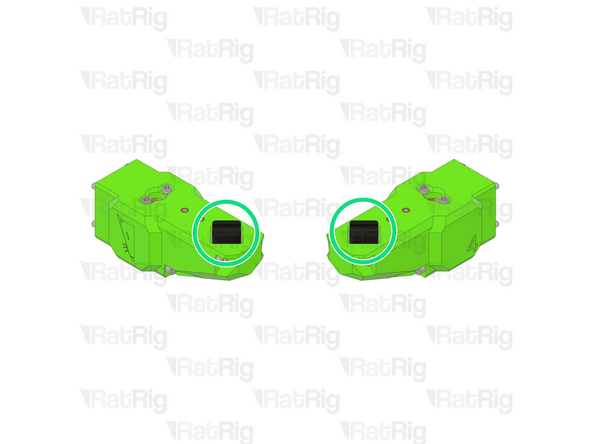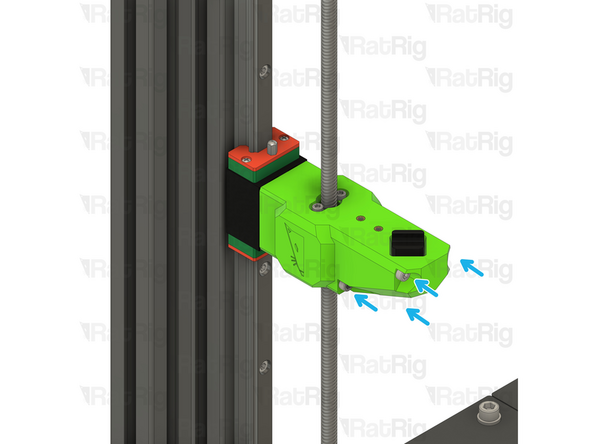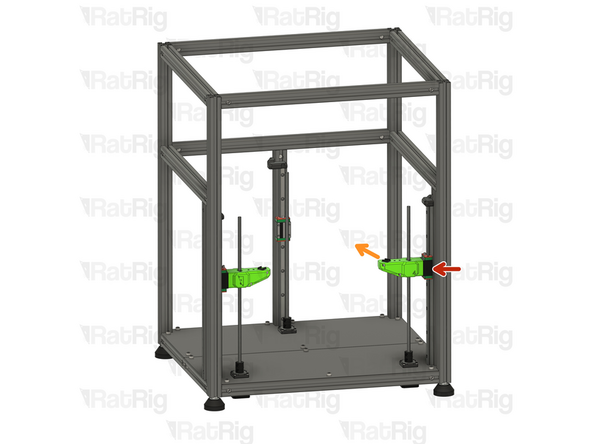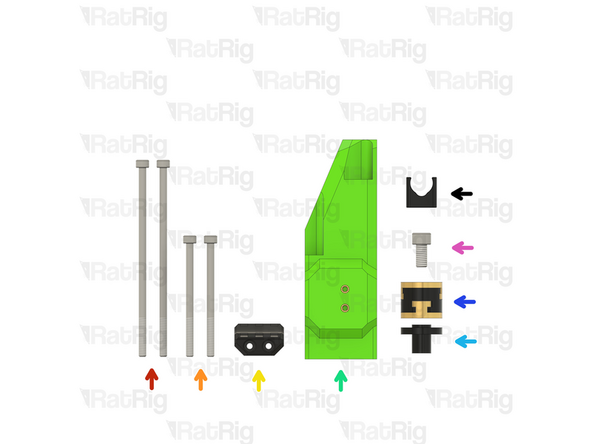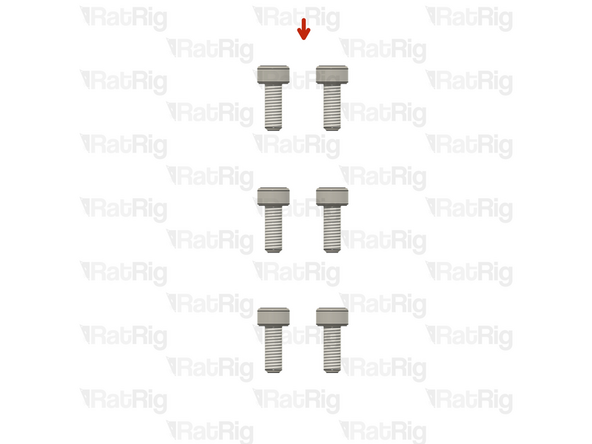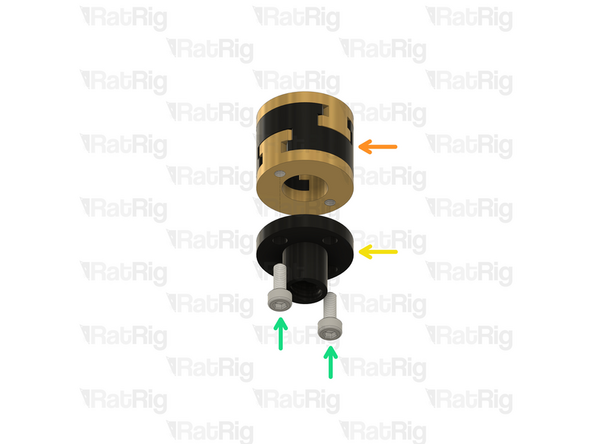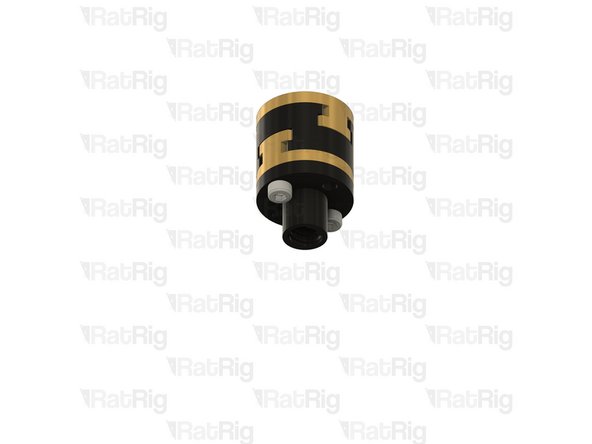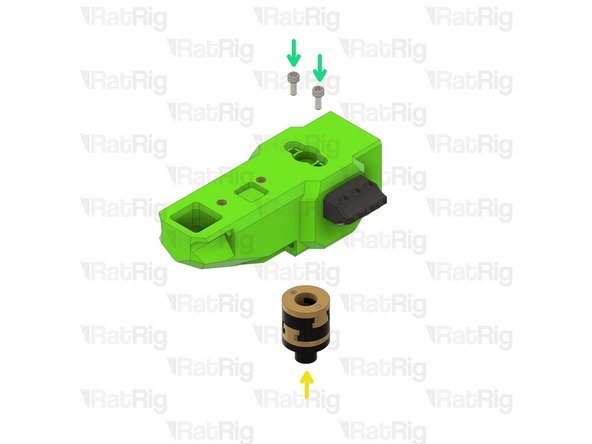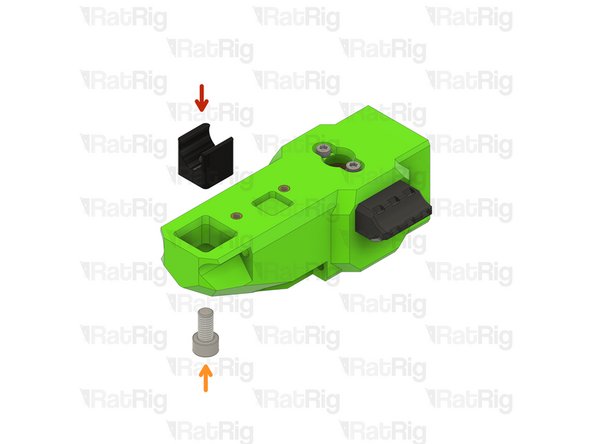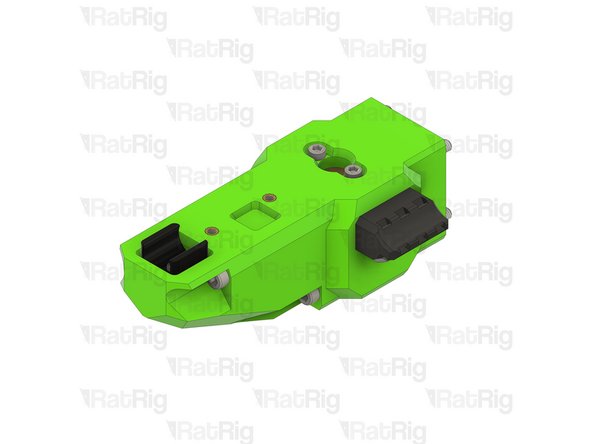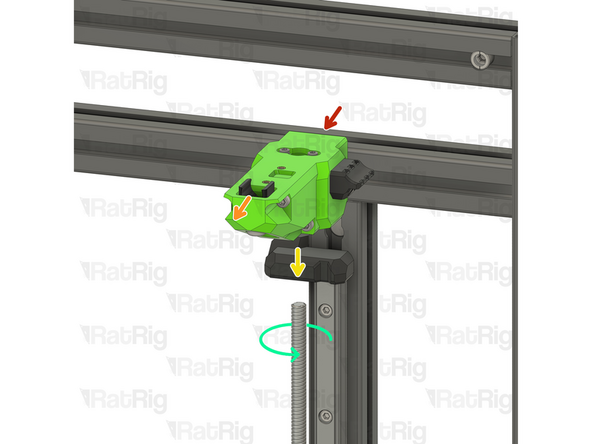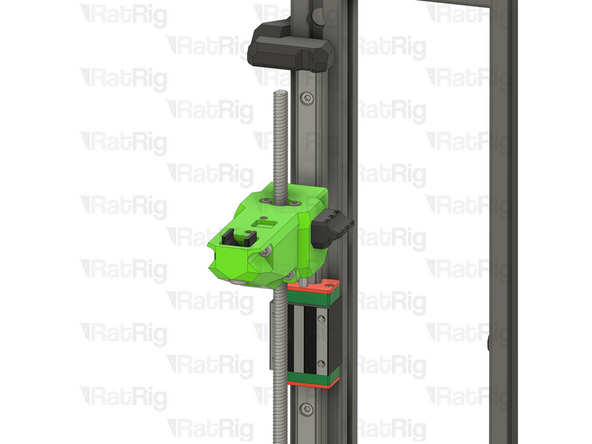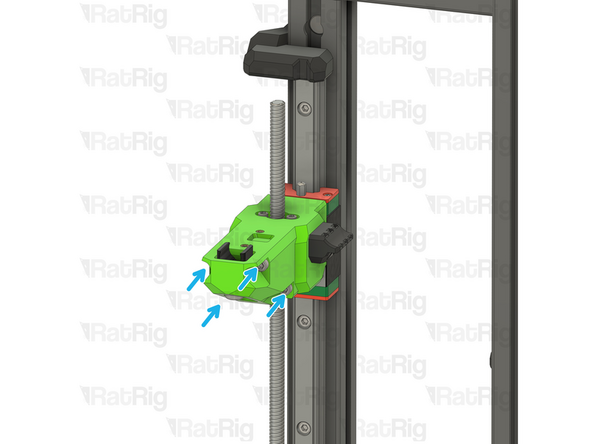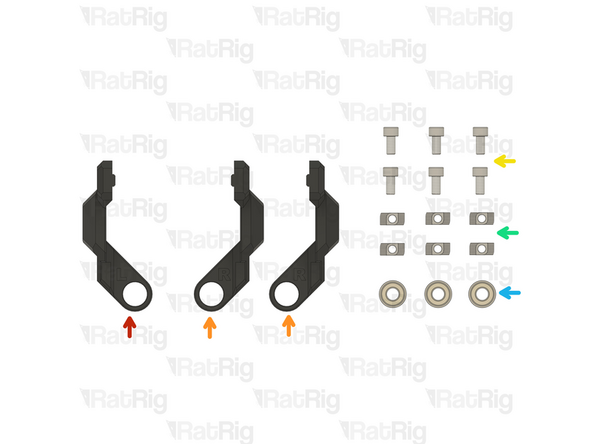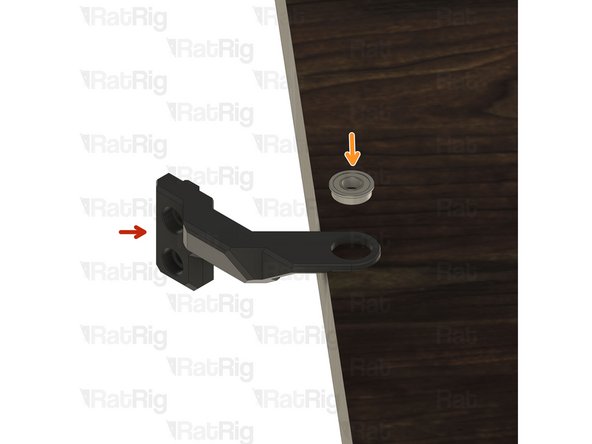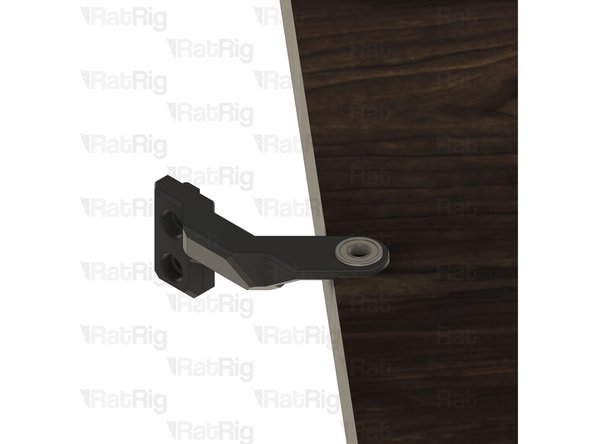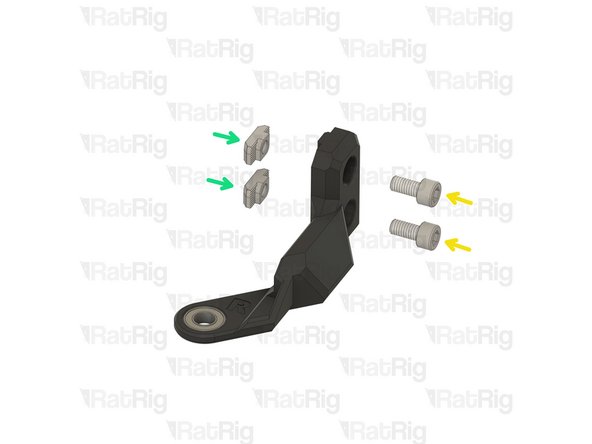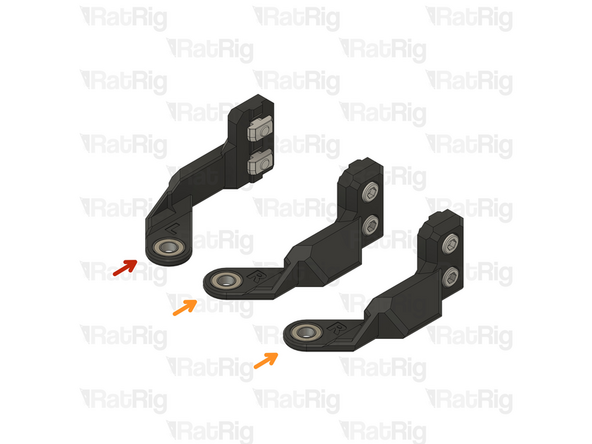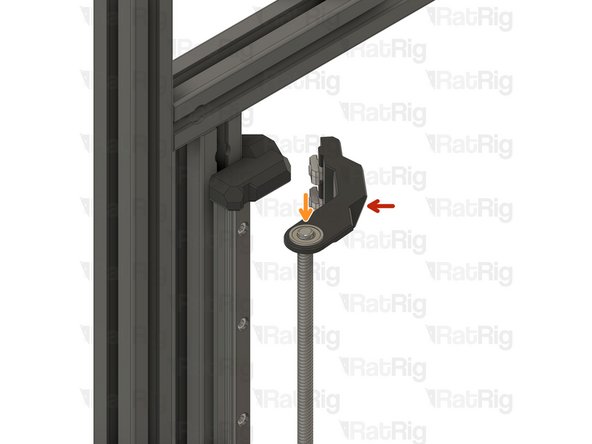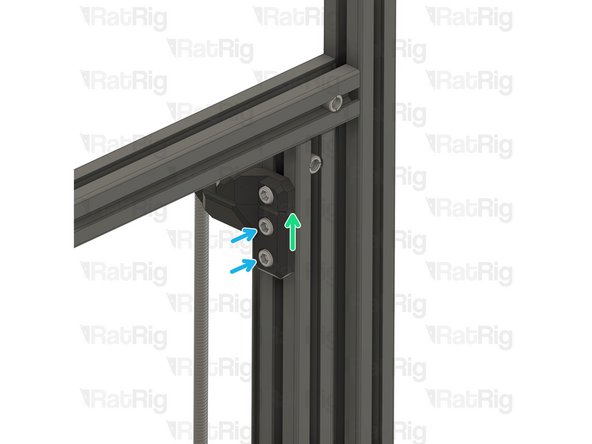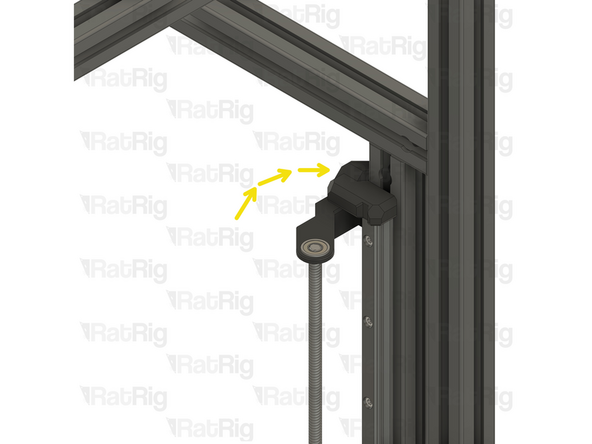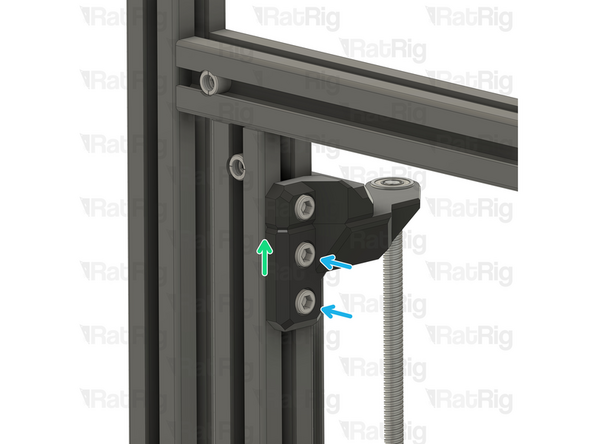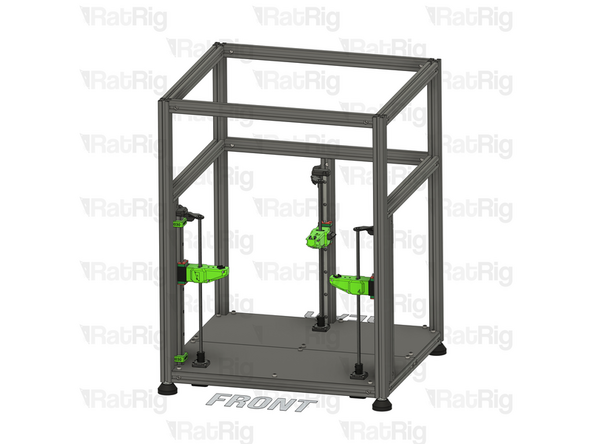-
-
The linear rails are supplied with a protective oil coating on them. It is strongly recommended to prepare your work surface with paper towels and to wear disposable gloves.
-
Paper Towels
-
Linear Rail
-
The oil on the rails protects them from rusting. You must either replace this oil after cleaning (as directed below), or make sure not to remove all of the original oil during preparation
-
An easy solution to both protect, and lubricate the rails, is using a light oil such as 3-in-1 or sewing machine oil
-
Apply a small amount of oil to a paper towel and then apply the oil to the rail by wiping it with the oiled paper towel. This may be done prior to, or after the installation of the linear rails.
-
Remove the plastic stops installed in the ends of the linear rail
-
More advanced users may wish to fully grease the rails & carriage with a specialised bearing lubricant. It is important to use the correct grade and make sure there are no additives such as PTFE, graphite, molybdenum disulfide, etc. The recommended grade of grease is EP00 or EP000 as these lubricate well, without being too viscous.
-
-
-
With the rail still on the absorbent paper towels, carefully and slowly move the carriage from one end of the rail to the other
-
The carriage should move smoothly over the entire length of the rail
-
Small changes in resistance are normal, but the carriage becoming much harder to push, or binding completely are not
-
Repeat the previous test whilst applying a small amount of force downwards on the carriage
-
The carriage will likely travel more smoothly when applying a downwards force, this is normal
-
If the carriage does not move smoothly, or binds completely, refer to the Linear Rail Troubleshooting Guide
-
-
-
2x HG15 3030 alignment tool
-
3x Linear rail - HG15 400mm
-
Do not allow the linear rail carriage to leave the end of the rail
-
21x M4x16 Cap Head Screw
-
21x 3030 M4 Drop in T-Nut
-
Loosely thread T-nut and a screw to every hole in the linear rails
-
V-Core 4 400 - 24 T-Nuts and Screws; V-Core 4 500 - 30 T-Nuts and Screws;
-
Repeat these steps for the other 2 rails
-
-
-
Install the two HG15 3030 alignment tools as shown, this will make sure the linear rail is positioned correctly
-
Insert the linear rail into the 3030 extrusion
-
Do not allow the linear rail carriage to leave the end of the rail
-
Fasten the marked M4x16 screws, starting from the bottom
-
Remove the MGN12 3030 alignment tools
-
Repeat these steps for the other 2 Z rails
-
-
-
2x vc4_z_limit_right
-
1x vc4_z_limit_left
-
3x M6x12 Cap Head Screw
-
3x 3030 M6 Drop in T-Nut
-
Loosely thread the 3030 T-Nuts onto the M6x12 screws. Do not tighten them at this point.
-
Prepare the all 3 Z-axis limit assemblies
-
1x left z limit assemblies
-
2x right z limit assembly
-
-
-
vc4_z_limit_left assembly
-
Insert the 3030 T-nut on the side of the extrusion and slide it down, until the vc4_z_limit_left assembly is flush with the linear rail
-
Tighten the M6x12 Cap Head Screw to secure the assembly
-
Take care not to over-tighten the M6x12 screws as you can damage the printed parts
-
Repeat the previous steps and install the remaining vc4_z_limit_right assemblies
-
-
-
3x 48mm NEMA17 Stepper Motor
-
3x 375mm TR8x4 Lead Screws
-
3x Rigid Lead Screw Coupler
-
3x pillow_block printed part
-
More recent kits have this part injection molded, which is more accurate and easier to install.
-
12x M3x12 Cap Head Screw
-
3x Axial Thrust Bearing
-
-
-
pillow_block printed part
-
48mm NEMA17 Stepper Motor
-
Insert the NEMA17 motor into the base plate, as shown
-
M3x12 Cap Head Screw
-
Insert each M3x12 cap head screw through the pillow block, the base plate, and fasten them into the NEMA17 motor
-
-
-
Axial Thrust Bearing
-
The axial thrust bearing has three components. Two end caps and an inner bearing assembly.
-
Assemble the axial thrust bearing into the pillow_block as shown
-
Make sure that the thrust bearing is fully inserted into the printed part. The top ring of the thrust bearing should be flush with the top of the pillow_block.
-
If desired, you may add a drop of light oil to the inner bearing assembly of the thrust bearing
-
Install the lead screw coupler on to the exposed shaft of the NEMA17 motor. Use the smallest hole in the coupler for the stepper motor.
-
Apply downward pressure to the top of the lead screw coupler whilst tightening the marked screw
-
Tighten the marked M3 screw to secure the lead screw coupler to the motor shaft
-
-
-
375mm TR8x4 Lead Screw
-
Install the lead screw in the Rigid Lead Screw Coupler
-
Ensure the Lead Screw doesn't touch the NEMA17 motor shaft.
-
Tighten the M3 screw on the coupler, locking the lead screw.
-
Repeat the previous steps and install the other 2 lead screws
-
-
-
2x vc4_arm_front
-
2x M6x12 Cap Head Screw
-
2x Rat Rig Bi-Material Lead Screw Decoupler
-
2x TR8x4 POM Lead screw Nut
-
2x Rat Rig V-Core 4.0 - POM Arm Insert
-
8x M3x8 Cap Head Screw
-
4x M4x60 Cap Head Screw
-
4x M4x100 Cap Head Screw
-
-
-
Rat Rig Bi-Material Lead Screw Decoupler
-
TR8x4 POM Lead screw Nut
-
M3x8 Cap Head Screw
-
Front bed arm assembly
-
Lead screw decoupler assembly
-
M3x8 Cap Head Screw
-
Install a lead screw decoupler assembly into each arm as shown
-
Take care not to over tighten the M3x8 screws as you damage the printed parts
-
-
-
Rat Rig V-Core 4.0 - POM Arm Insert
-
Insert the POM arm insert, pay special attention to its orientation
-
Front arm assembly
-
M6x12 Cap Head Screw
-
Take care not to over tighten the M6x12 screws as you can damage the printed parts or the POM insert
-
-
-
M4x100 Cap Head Screw
-
M4x60 Cap Head Screw
-
Insert the screws through the front arm
-
Repeat Steps 12, 13 and 14 to assemble another front arm, NOTE: the POM insert must be rotated
-
NOTE: the POM insert must be rotated 45º compared to the previous assembly
-
-
-
Front arm assembly
-
The POM insert groove must be aligned as shown
-
Thread the Lead Screw into the front arm assembly
-
Do not force the Lead Screw through the POM nut on the decoupler as this can cause damage. It should thread through smoothly
-
Tighten the M4 Cap Head Screws to secure the arm to the carriage
-
Take care not to overtighten the M4 screws as you may damage the printed parts
-
-
-
Repeat the previous Step and install the Right front arm
-
The POM insert groove must be aligned as shown
-
-
-
2x M4x100 Cap Head Screw
-
2x M4x60 Cap Head Screw
-
1x vc4_arm_cable printed part
-
1x vc4_arm_rear assembly
-
1x TR8x4 POM Lead screw Nut
-
1x Rat Rig Bi-Material Lead Screw Decoupler
-
1x M6x12 Cap Head Screw
-
1x Rat Rig V-Core 4.0 - POM Arm Insert
-
-
-
6x M3x8 Cap Head Screws
-
Rat Rig Bi-Material Lead Screw Decoupler
-
TR8x4 POM Lead screw Nut
-
M3x8 Cap Head Screw
-
-
-
2x M3x8 Cap Head Screws
-
vc4_arm_rear printed part
-
Insert the M3x8 Cap Head Screws into the vc4_arm_cable printed part and tighten them into the rear arm heat inserts.
-
Take care not to over tighten the M3x8 screws as you damage the printed parts
-
Lead screw decoupler assembly
-
M3x8 Cap Head Screw
-
Install a lead screw decoupler assembly into the rear arm as shown
-
Take care not to overtighten the M3x8 screws as you may damage the printed parts
-
-
-
Rat Rig V-Core 4.0 - POM Arm Insert
-
Insert the POM arm insert, pay special attention to its orientation
-
M6x12 Cap Head Screw
-
Take care not to over tighten the M6x12 screws as you can damage the printed parts or the POM insert
-
M4x100 Cap Head Screw
-
M4x60 Cap Head Screw
-
Insert the screws through the front arm
-
-
-
Rear arm assembly
-
The POM insert groove must be aligned as shown
-
Install the rear arm through the rear bed arm and decoupler
-
Thread the Lead screw in to the rear arm assembly
-
Do not force the lead screw through the POM nut on the decoupler as this can cause damage. It should thread through smoothly
-
Tighten the M4 Cap Head Screws to secure the arm to the carriage
-
Take care not to over tighten the M4 screws as you damage the printed parts
-
-
-
vc4_z_constraint_left
-
2x vc4_z_constraint_right
-
6x M6x12 Cap Head Screw
-
6x 3030 Drop-in T-Nut - M6
-
3x F688ZZ Ball Bearing
-
-
-
vc4_z_constraint
-
F688ZZ Ball Bearing
-
Insert the Bearing into the Z_constarin printed part
-
Make sure the bearing is inserted uniformly to avoid damaging the printed part - Use a flat surface like a wood table top to provide support to the printed part.
-
M6x12 Cap Head Screw
-
Insert an M6x12 cap head screw into each position on the lead screw constraint as shown
-
3030 Drop-in T-Nut - M6
-
Loosely thread a 3030 T-Nut onto each of the M6x12 screws. Do not tighten them at this point
-
-
-
Repeat the previous Step and assemble all the Z_constrains:
-
1x vc4_z_constraint_left assembly
-
2x vc4_z_constraint_right assembly
-
-
-
Left lead screw constraint assembly
-
Position the constraint assembly so that the left lead screw passes through the bearing
-
Rotate the constraint assembly anticlockwise and fit it to the rear 3030 extrusion as shown
-
Push the constraint assembly upwards until it touches the Z-axis limit printed part.
-
Fasten both M6x12 screws to secure the constraint assembly to the V-Core 4 frame
-
Take care not to over tighten the M6 screws as you damage the printed part
-
-
-
Right lead screw constraint assembly
-
Position the constraint assembly so that the right lead screw passes through the bearing
-
Rotate the constraint assembly clockwise and fit it to the rear 3030 extrusion as shown
-
Push the constraint assembly upwards until it touches the horizontal 3030 extrusion
-
Fasten both M6x12 screws to secure the constraint assembly to the V-Core 4 frame
-
Take care not to over tighten the M6 screws as you damage the printed part
-
Repeat the previous Steps and install the Rear Z constraint
-
Cancel: I did not complete this guide.
25 other people completed this guide.



